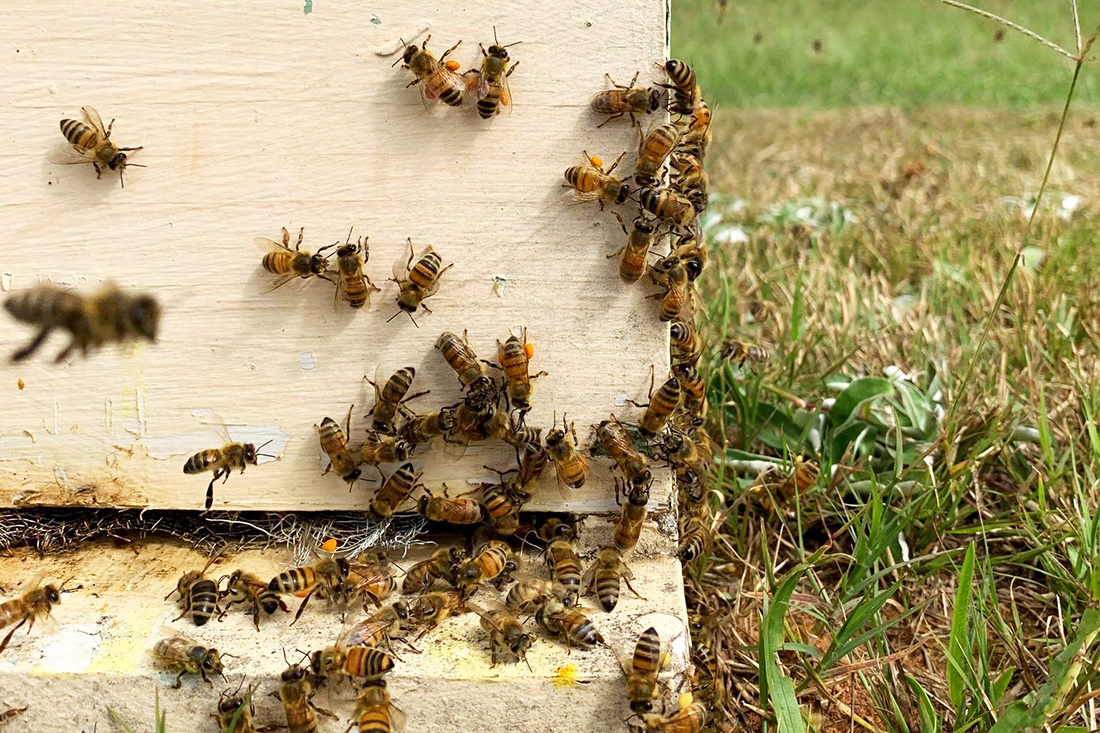|
| The lids and rings are hard to come by, but old canning jars are still an extremely useful art form. |
A collector of old canning jars, I now have green, blue, clear, fancy and plain jars in half-pints, pints, quarts and half-gallons.
I started collecting years ago because each jar was unique. It had belonged to a lady who loved her family enough to spend hours sweating through a hot canning process so she might pick from that beautiful lineup of canned vegetables for their winter meals.
I still have fond memories of winter suppers of stewed tomatoes served over hot, steaming biscuits with streak-o'-lean on the plate. Cholesterol wasn't in our vocabulary at the time.
| Vegetable | Row feet* |
| Lima beans | 40 |
| Snap beans | 80 |
| Cabbage | 50 |
| Collards | 50 |
| Corn | 80 |
| Cucumbers | 10 |
| Eggplant | 8 |
| English peas | 40 |
| Okra | 20 |
| Onions | 20 |
| Pepper | 6 |
| Irish potatoes | 40 |
| Sweet potatoes | 25 |
| Southern peas | 60 |
| Summer squash | 6 |
| Winter squash | 6 |
| Turnips/mustard | 25 |
| Tomatoes | 25 |
| * Amount needed per person for processing. | |
Great Memories
Those old jars bring back great memories. The lids and rings are hard to come by, but the jars are still an extremely useful art form. They can be used as canisters, vases, centerpieces or just ornaments sitting on the counter.
But memory obscures the difficult. To get those vegetables into the jars required considerable preparation of the produce.
I won't go back so far as that hot July garden. But I vividly remember having to sit on the porch and snap beans, shell peas and butterbeans and shuck corn while neighborhood kids played and taunted us workers.
Great Food
However, they surely did like to come and eat at Aunt Maudie's table.
If you're inclined to plant produce for future use, it might be helpful to know just how much you need to plant to "put it by."
The figures in the table at right are just guidelines. If you use more of one vegetable, just add more row feet. Also, if you are going to eat out of the garden and "lay by" as well, increase the row feet accordingly.
(You can learn more about canning and other preserving at the county Extension Service office. Or check the Food Preservation Web site of the UGA College of Family and Consumer Sciences.)







